Since most of my readers are not located in places where there are shops that sell anything other than the worst of the worst yixing teapots out there, online is pretty much the only place where one can buy such things.
So online is pretty much the only option. The other is to find friends who’ll do it for you, or fly yourself over to China/Taiwan and buy them yourself. Not very good options, especially since I think teapot is a very personal thing. What works for one person rarely works for another, and there are so many shapes and sizes out there that individual preferences are bound to differ. Buying teapots for other people, as I’ve learned, is a dangerous business.
That leaves online stores and auctions. What I witnessed tonight on Ebay was a frenzy of bidding for a series of yixing pots that some seller in Florida put up. It must’ve come from somebody’s collection of yixing pots. There were some that I am sure were Republican period pots, and I considered joining in the fray — until the fray got too hot for me really quickly. It ended up that a few of them went for something like $500 per pot. Others were maybe more in the $100-200 category. While some of these are genuinely old pots, none of them were in the fine yixing category. Rather, they were commercial stuff, made very roughly, and generally sold for commercial purposes rather than as objects of art or even personal pleasure. It was a utilitarian thing. An equivalent would be if some of these awful $10 Chinatown pots these days are going on auction 100 years from now… not exactly stuff you really want for making tea in.
What I did learn though is that there is a substantial amount of interest out there for yixing ware. One of the bidders on some of the pots have bought dozens of them from Ebay already. Most of them, in my opinion anyway, are far, far overpriced. Others seem to only dabble in pot buying, while interspersing their purchases with LV bags, clothes… and whatever else suits their fancy. Of course, everything is fair on Ebay. Unless the seller deliberately mis-states information regarding the item, which they tend not to do by using qualifiers such as “I think this is…” or “probably 19th century…” and that kind of thing, they are not liable.
Auctions in Asia are not necessarily any better. Those in Taiwan, for example, are numerous in listing, but most of them are rather sub-par in quality, obviously fake, or both. I’ve bought a few pots through that route. If it’s not too expensive, and the pot looks/feels ok, it actually is not a bad place to get a few decently made pots, as long as one spends a lot of time trolling the sites and sifting through the garbage. Then there are the highly priced, “antique” pots. Whether those are real or not is hard to say, and without having seen them in person, risking large sums ($500+) of money on one single teapot is almost crazy.
Aside from the sometimes rather trecherous path of auction, trecherous both because of the possibility of inauthentic goods, and also of the risk of being carried away by the passion of the moment (“I must have this pot!!!”), the other option is online stores…. which offer much more peaceful means of obtaining pots.
Yet those are not without risk either. Increasingly, I’ve noticed that the prices of these things are generally quite high… higher than what I remember, a few years ago. I am personally still apprehensive about spending much money on pots that I can’t see in person, but I speak as somebody who generally has access to other avenues. I suppose buying pots from an online vendor, the first thing you want to know is if they have a return policy. Pots don’t always work out in person. I’ve received one or two that looked not nearly as good as the pictures shown, or the clay texture feels funny once you actually get a hold of it. I am also weary of claims of old age. Taiwan probably has the highest concentration of fake antique pots in the world, mostly because of the big boom in the 80s that created huge demands and made faking pots really worthwhile. I’ve seen heated arguments in Taiwanese forums that are quite fraught with claims of authenticity or otherwise. Honestly, they all look pretty good, but supposedly, those who are really in the know can tell.
Sometimes though, I wonder if it’s not just for bragging rights — “I can tell better than you”, or “mine’s real, yours is not”. I used to view all this with amused cynicism, preferring to stay with the non famous maker, pedestrian pots that served the purpose of making tea. At the end of the day though, some pot, somewhere, will call out to you, and you too, will take the plunge…. that’s what I discovered the expensive way.

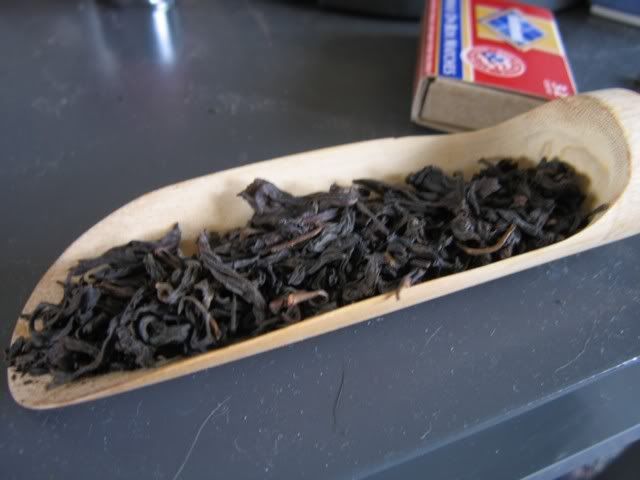



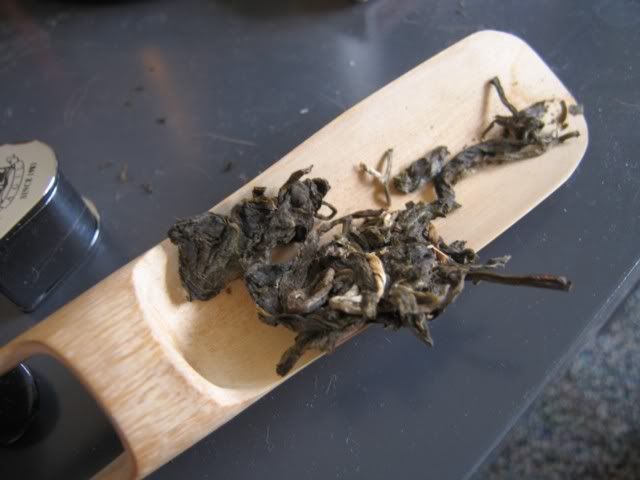
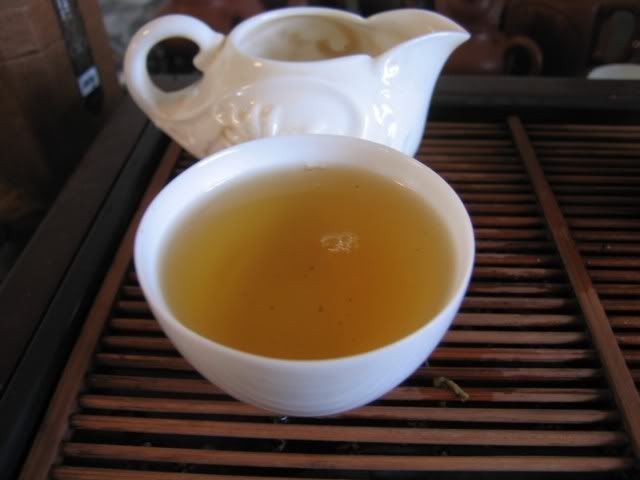
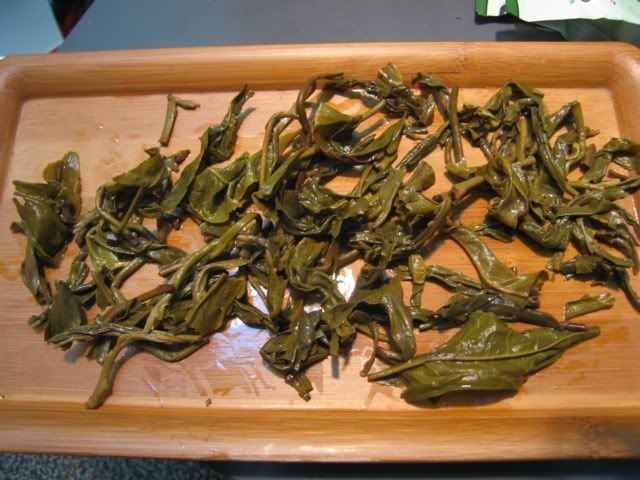
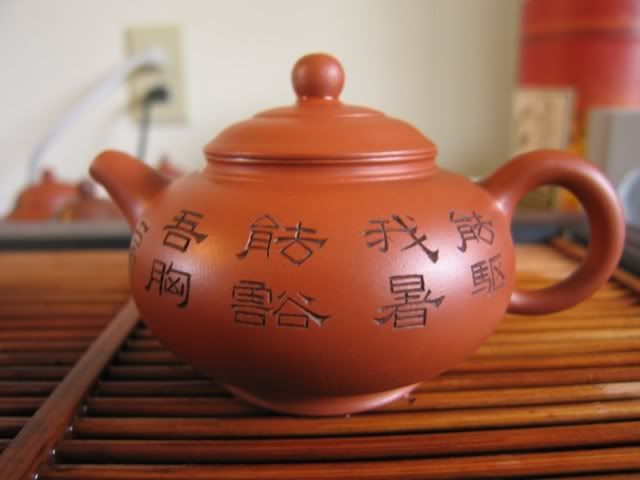



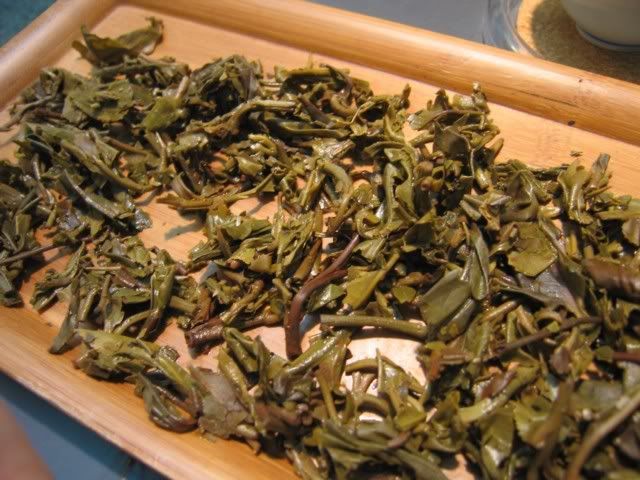
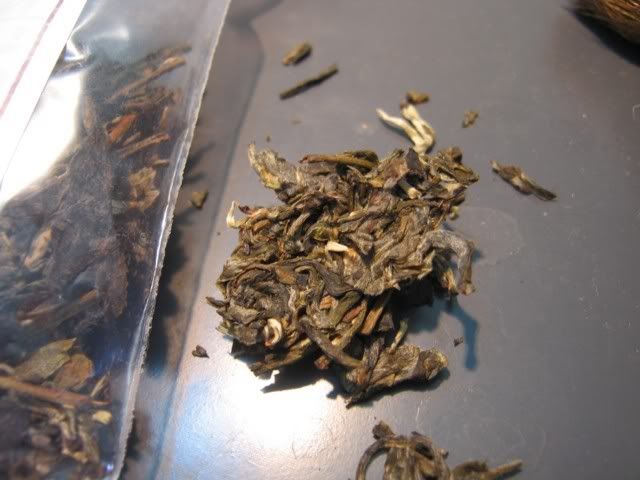
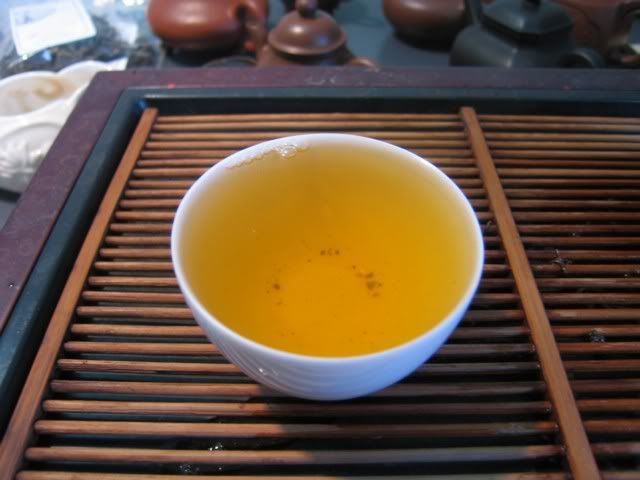
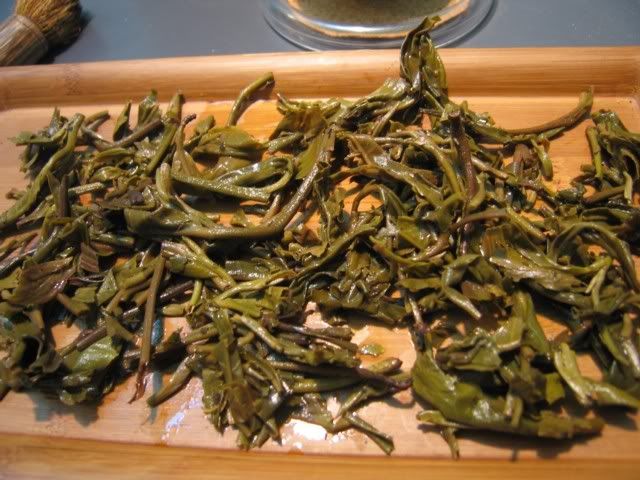
I just want to say that I still find your blog and writing extremely relevant. Thanks!